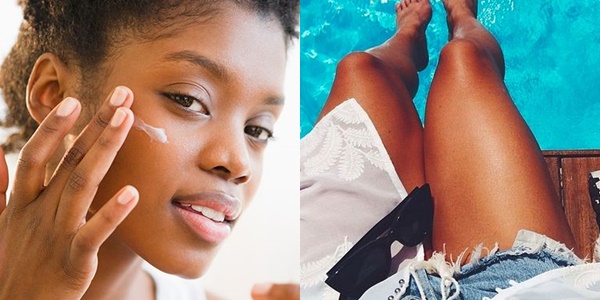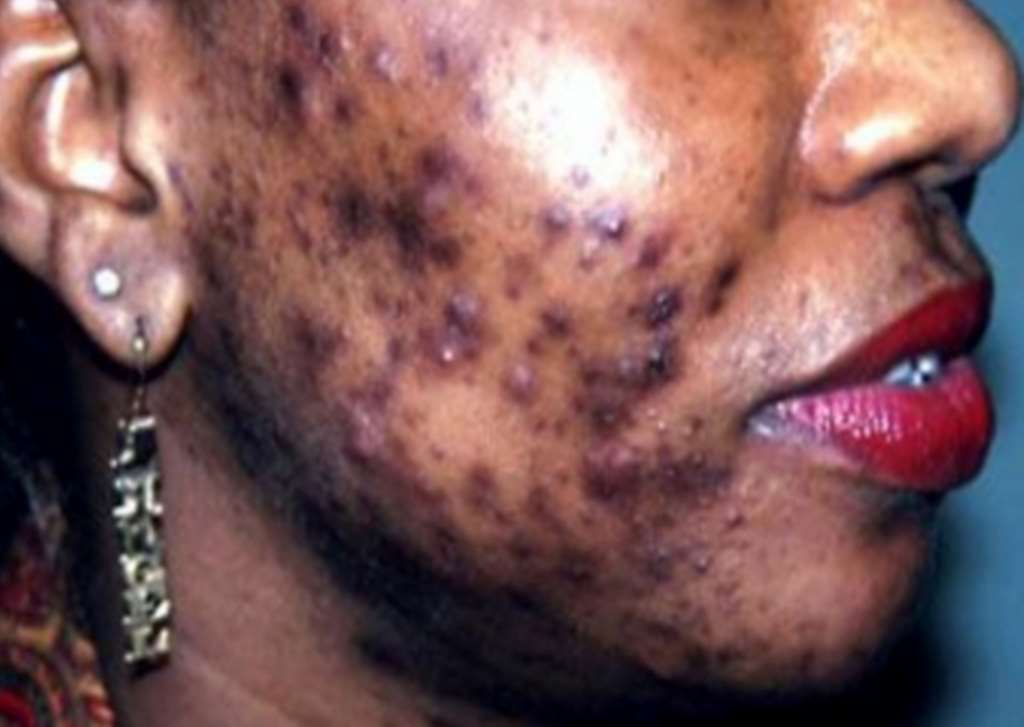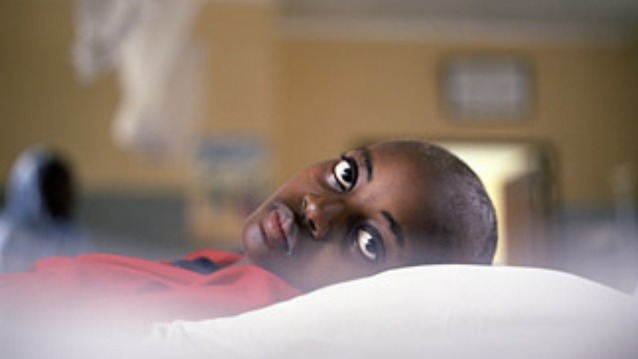Skin cancer is an abnormal growth of skin cells. It generally develops in areas that are exposed to the sun, but it can also form in places that don’t normally get sun exposure. The abnormal growth of skin cells most often develops on skin exposed to the sun. But this common form of cancer can also occur on areas of your skin not ordinarily exposed to sunlight. There are three major types of skin cancer — basal cell carcinoma, squamous cell carcinoma and melanoma.
When approaching nonwhite African populations, issues related to skin cancer might not be at the forefront of their minds. Although cutaneous malignancies are not extremely common within this group, mortality rates remain much higher compared with their white counterparts. It can be inferred that these discrepant outcomes may be attributed to both late detection and/or biologically more aggressive tumors.

In order to prevent future skin cancer‐related deaths amongst those with brown skin, teaching all patients, regardless of ethnicity, about sun protection, the importance of skin checks and the risk factors associated with cutaneous malignancy is critical.
Factors that may increase your risk of Skin Cancer
- Fair skin
Having less pigment (melanin) in your skin means you have less protection from damaging UV radiation. If you have blond or red hair, light-colored eyes and freckles, or sunburn easily, you’re more likely to develop melanoma than someone with a darker complexion. But melanoma can develop in people with darker complexions.

- A history of sunburn
One or more severe, blistering sunburns can increase your risk of melanoma.
- Excessive UV light exposure
Exposure to UV radiation, which comes from the sun, and tanning lights and beds can increase the risk of skin cancer, including melanoma.

- Living closer to the equator or at a higher elevation
People living closer to the earth’s equator, where the sun’s rays are more direct, experience higher amounts of UV radiation than those living in higher latitudes. In addition, if you live at a high elevation, you’re exposed to more UV radiation.
- Having many moles or unusual moles
Having more than 50 ordinary moles on your body indicates an increased risk of melanoma. Also, having an unusual type of mole increases the risk of melanoma. Known medically as “dysplastic nevi,” these tend to be larger than normal moles, and have irregular borders and a mixture of colors.

- A family history of melanoma
If a close relative, such as a parent, child or sibling, has had melanoma, you have a greater chance of developing melanoma, too.
Skin Cancer Prevention and Detection
In order to prevent future skin cancer‐related deaths amongst those with brown skin, teaching all patients, regardless of ethnicity, about sun protection, the importance of skin checks and the risk factors associated with cutaneous malignancy is critical for all health practitioners.

1. Sunscreen with SPF 30 is fine — as long as you apply it correctly.
SPF — sun protection factor — is a relative measurement of how long your sunscreen will protect you from UV rays. (For example, 30 SPF equals 30 minutes of protection.) SPF 30 is the ideal number. There’s no need to use a higher SPF, as long as you’re applying it properly.
You should put about two tablespoons of sunscreen on your face and any exposed skin daily. Wait 15 minutes so it can soak in before going in the sun; then reapply every few hours if you’re sweating or around water. Otherwise, one application in the morning is fine. Make sure that sunscreen is part of your daily routine by keeping it near your toiletries or in your car. Research has shown that if your sunscreen is next to your toothpaste, you’re more likely to use it.

2. Avoiding the sun at peak hours helps to reduce risk.
Of course, you want to spend time outside during the summer — but be mindful of the sun’s peak hours between 10 a.m. and 4 p.m. when it’s burning rays are strongest. If you do go outside during this time, be sure to apply enough sunscreen and cover all exposed areas. Wearing a sun hat or long-sleeved shirt also can help reduce your risk of sunburn.
The American Academy of Dermatology recommends using sunscreen every day if you’ll be outside. Even on an overcast day, it’s still possible to get burned.

3. Only some moles are cause for concern.
Check your moles on a regular basis. You should see your primary care doctor if a mole is asymmetrical (A), has irregular borders (B), is multiple colors or has changed colors (C), is larger in diameter (D) than a pencil eraser, is evolving (E), or looks funny (F) in any way. If you have a mole that’s ulcerating or bleeding, you should see a doctor immediately. On the other hand, if you’ve had a mole that’s been the same for 20 years and there has been no change, it is probably fine.

4. Prevention is vital for everyone.
Having fair skin, red hair, or blue eyes definitely elevates your risk for skin cancer. But just because you’re not pale-skinned doesn’t mean you shouldn’t worry about prevention. People with darker skin need to be just as careful about sun exposure. Similarly, although women are diagnosed with skin cancer more often than men, men still need to do all they can to prevent the disease and monitor their skin for symptoms.
